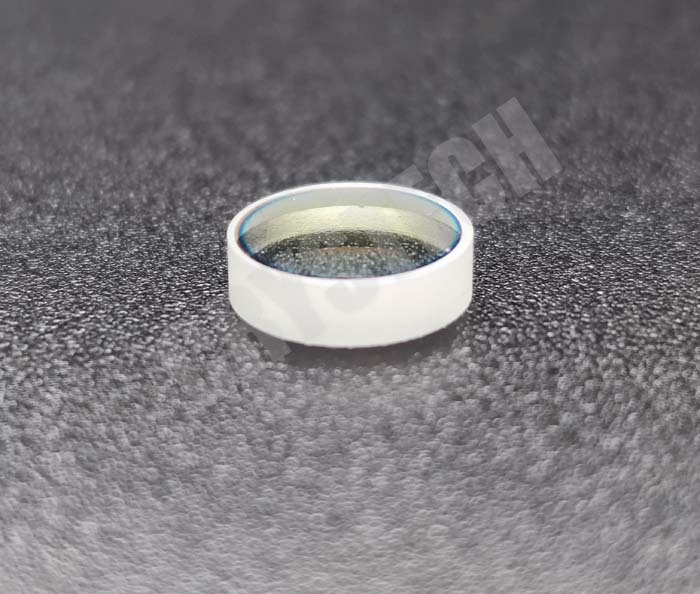
NEWS
15
2021
-
11
Why does Cylindrical Lens need to be vacuumed when coating
First, qualitatively explain why the evaporation space needs to be vacuumed when performing Cylindrical Lens evaporation coating. The reasons are as follows:

1) Prevent the evaporation source from deteriorating due to the reaction between air molecules and the evaporation source at high temperature to generate compounds.
2) Prevent the molecules of the evaporated substance from colliding with the air molecules in the vacuum chamber to prevent the evaporated molecules from directly hitting the surface of the lens substrate, forming compounds on the way, or condensing before reaching the lens substrate due to the collision between the evaporated molecules, etc. .
3) Prevent air molecules from mixing into the film as impurities or forming compounds in the film during the process of forming a thin film on the lens substrate.
Cylindrical Lens are similar to spherical lenses in that they all use curved surfaces to focus or diverge light, but cylindrical lenses only have the ability to converge or diverge in one direction and will not affect the light in the vertical direction. This is impossible to achieve with a spherical lens, because the spherical lens focuses or diverges the light in a rotationally symmetrical manner. Cylindrical lenses play an important role in the control and shaping of laser beams, and are used for laser sheet shaping and circularization of elliptical beams. Due to the asymmetric characteristics of the cylindrical lens and the special manufacturing process requirements, the center, wedge, and axial torsion must be specified and appropriately controlled.
Therefore, Cylindrical Lens needs to be manufactured with specialized equipment and technology, and a unique coordinate system is needed to effectively refer to the characteristics of the lens. Two orthogonal directions define the reference system: the power direction and the non-power direction. The first direction is called the "functional direction" because it travels along the curved length of the lens and is the only axis with optical functions. The second direction is called the "non-functional direction" because it travels along the length of the lens without any optical function. The length of the cylindrical lens in the non-functional direction can be extended without affecting the optical function of the lens. The cylindrical lens can take a variety of shapes, including rectangular, square, circular, and elliptical.
Cylindrical,Lens

Established in 2001 and located in the city of Qingdao, China. Crystech Inc. is a global supplier of Alexandrite, KTP, RTP and E-O Q-Switch, YAG crystals, Laser Optics and more.
MESSAGES
© 2022 Crystech Inc.
E-mail: sales@crystech.com






